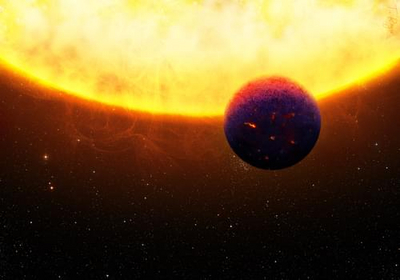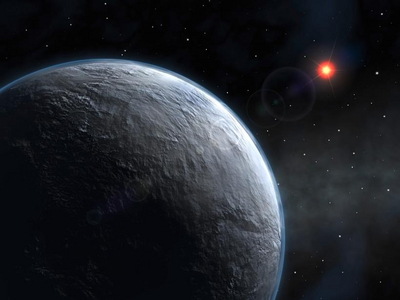Exoplanets

There is a hunger for knowing whether we are alone in the Universe. This curiosity drives the exoplanet community to characterize planets outside our Solar system in order to get a picture of other worlds. Astronomers have made tremendous achievements to find and characterize exoplanets using a wide variety of methods. The complexity of exoplanet interior characterization demands interdisciplinary collaboration in order for the field to reach its potential role in characterizing planets. My research advances the characterization of both individual planets and planet distributions.
Publications

I have published in Earth & Environmental Science as well as in Exoplanetary Science.
As I have published in very different fields, not all online databases are complete. So I provide a list of publications for you here and also this link to ORCID:
Lectures

I have given lectures for diverse audiences in natural science and art. Here, I reveal the ones that address the natural science audience:
In spring 2024, I plan to teach a general lecture about exoplanets at ETH.
In summer 2019, I gave a lecture during the Astrophysical Origins: Pathways from Star Formation to Habitable Planets Program at the Erwin Schroedinger Institute for Mathematics and Physics at the University of Vienna.
I occasionally served as backup lecturer for Prof. Ravit Helled & Prof. Ben Moore at the Institute of Computational Sciences of the University of Zürich between 2017-2022.
My other lectures can be found here:
Earlier work - Earth Science

Environmental Science & Hydrogeophysics
Groundwater management relies on quantitative aquifer models. I developed a method to combine geophysical and hydrological data in order to characterize water aquifer systems.
I prepared and co-lead two field campaigns, processed and analysed all data, improved the imaging of tracer movements in complex fractured systems, developed 3-D fracture modeling, and developed a stochastic generator of 3-D fracture networks that are conditioned to available hydrological and geophysical data. This work during my PhD was awarded with the faculty prize.
Geophysical Imaging
Earthquakes are common natural hazards in New Zealand. I provided first images of tectonically active structures in the northwest Canterbury plains (NZ).
This work was done in the framework of my Diploma thesis. I was co-leader during our field campain in New Zealand, I processed and analysed the seismic and ground-penetrating radar data.